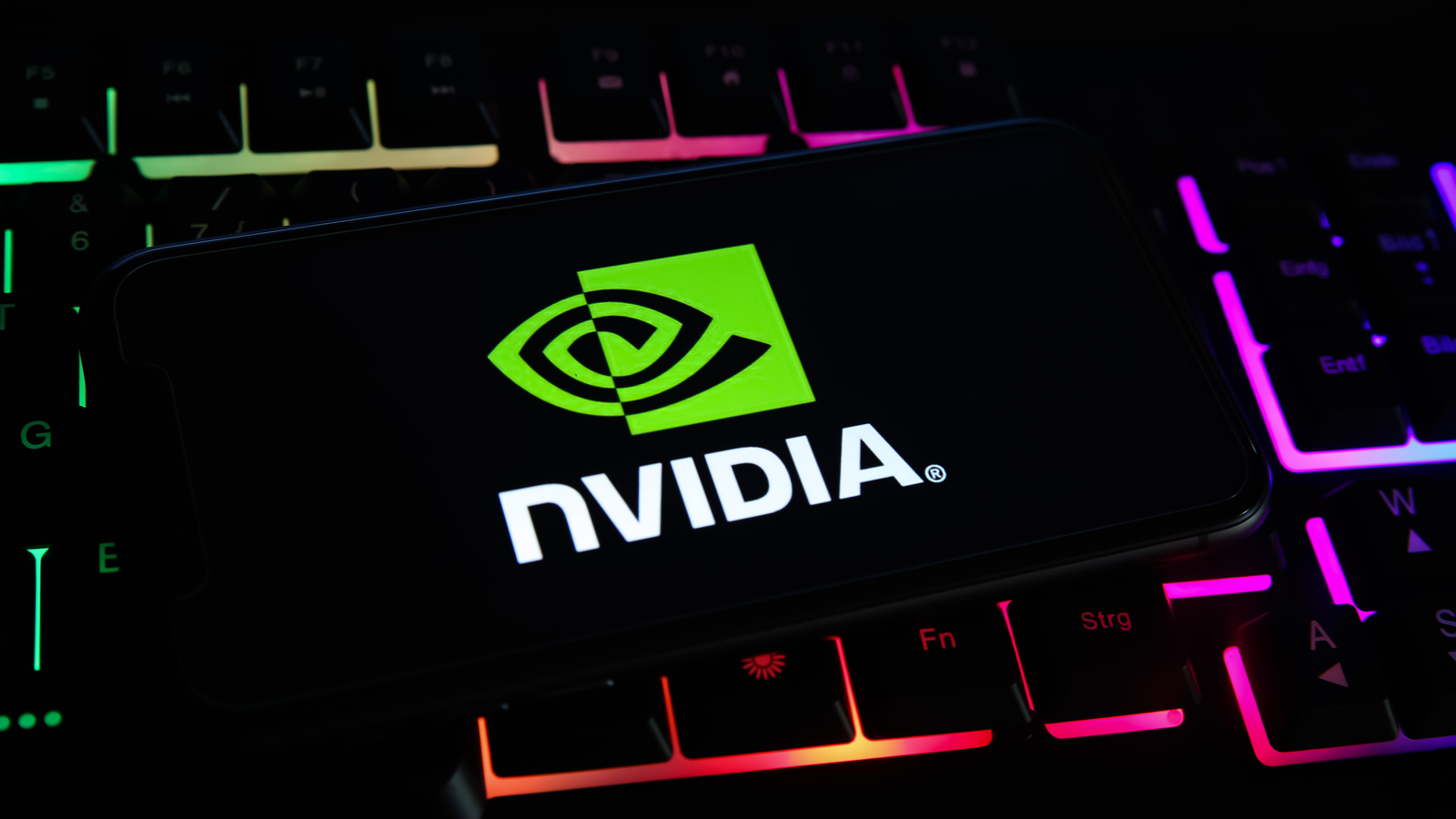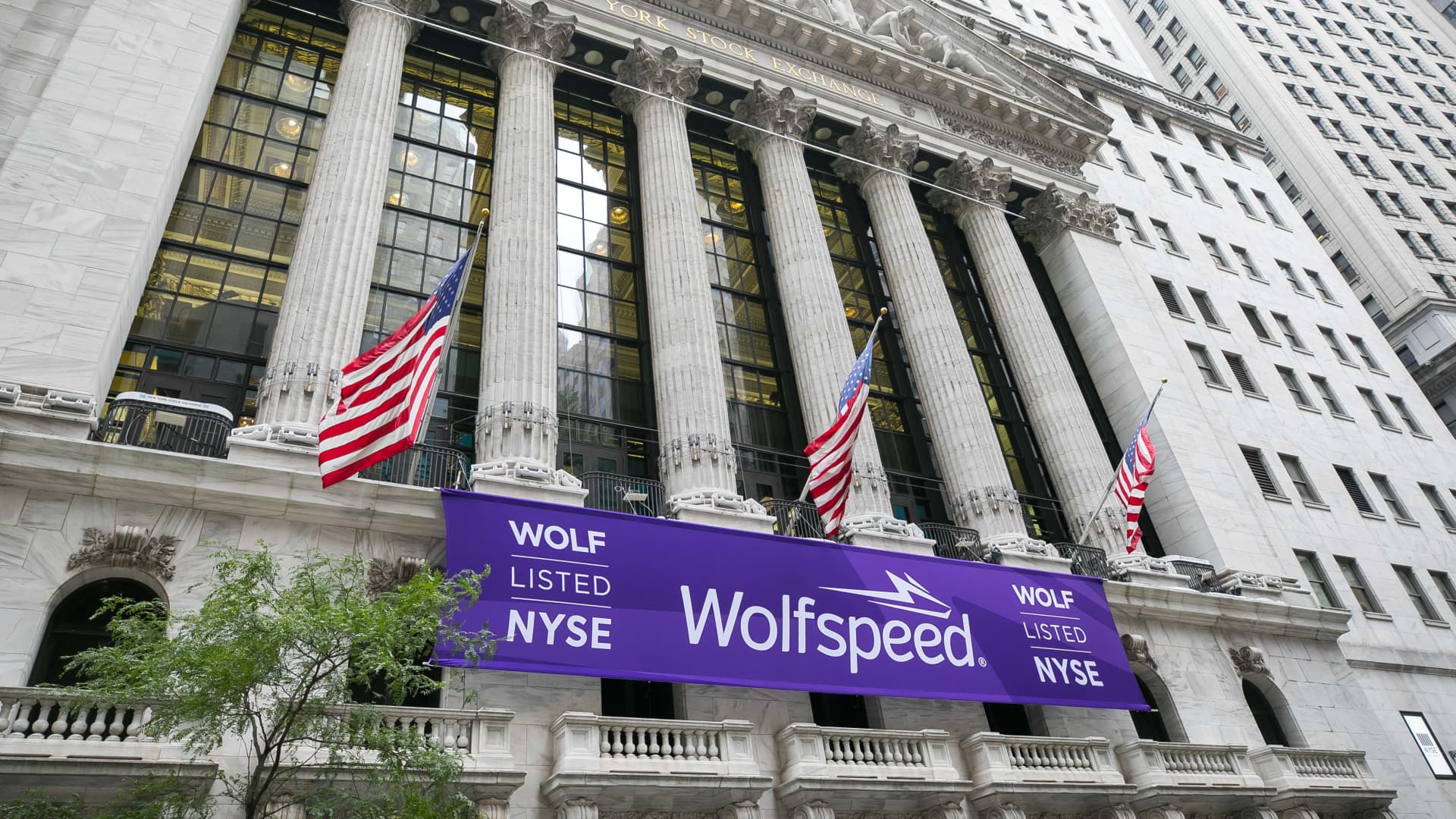Curb Your FOMO. When It Comes to Nvidia Stock, Wait for Weakness.

Unlike some other artificial intelligence stocks that have zoomed higher in 2023, there’s far more substance than hype with Nvidia’s (NASDAQ:NVDA) AI catalyst. In turn, there’s been some justification for the triple-digit run-up in the price of NVDA stock this year. However, the keyword here is “some justification,”
Why? This stock’s more than threefold increase since January may be a sign that the market went overboard factoring pricing-in AI growth. In fact, given how shares have performed in recent trading days, investors may start admitting they got a bit carried away.
While not for certain, NVDA’s latest pullback could be the start of a moderate sell-off, or worse. How much the stock could drop from here depends on both macro and company-specific factors. With this in mind, it may be best not to let fear of missing out (or FOMO) get the better of you.
NVDA Stock, AI and the Importance of Price
When I speak of “substance” regarding Nvidia’s exposure to the rapid adoption of generative AI technology, I mean it in the most tangible way possible. Again, many other stocks have been boosted by this trend.
However, Nvidia is one of the few that has already reported stronger results thanks to AI becoming the next big thing in tech.
As seen in its latest quarterly earnings report, Nvidia’s AI chips and software are flying off the shelves, as end-users build out their respective AI infrastructures. This resulted in a 88% sequential (quarter-over-quarter) increase in revenue, and a 141% sequential increase in earnings.
Compare that to Microsoft (NASDAQ:MSFT), where generative AI products have yet to have a major impact on results. The contrast is even more apparent with a name like C3.ai (NYSE:AI).
AI stock, like NVDA stock, has rallied by triple-digits this year, but has definitely not reported a similarly-sized improvement to its operating performance.
Still as NVDA’s stellar performance this year has not been purely the product of runaway speculation, don’t assume this means shares are a buy at any price.
At current levels, shares may be overheated, and poised to really reverse course.
A Rout to $400 (or Lower) Is Possible
Considering recent growth, NVDA stock may not look too richly-priced at just over $460 per share. At present price levels, shares trade for around 43.5 times forward earnings.
Based on sell-side forecasts for fiscal years ending January 2025 (FY2025) and January 2026 (FY2026), Nvidia’s valuation appears even more reasonable.
Consensus calls for earnings of $16.66 per share in FY2025, and $19.57 per share in FY2026.
However, these forecasts may be highly subject to change, especially if negativity about the macro picture continues to creep back up (as has happened recently). Why does this matter so much for NVDA shares going forward?
Not only could longer-than-expected high interest rates lead to sluggish economic growth, limiting the extent in which Nvidia’s non-AI businesses, which are still in a slump due to the tech sector slowdown, recover in the next year or two.
Such a turn of events could call into question whether Nvidia’s rapid AI-related growth will begin to cool down.
If such a scenario happens, analysts and investors could dial back their expectations, quickly sending NVDA back down to lower price levels. A return to $400 per share (or even lower) isn’t out of the question.
The Verdict: Watch and Wait
Only time will tell, but if fear, uncertainty and doubt (or FUD) begin to outweigh FOMO once again, those deciding to buy into NVDA today near its all-time high may find themselves sitting on large losses, and even larger regrets.
If you bought into Nvidia during earlier stages of its 2023 mega rally, it’s up to you whether now’s the time to take profit, or let it ride. On one hand, the AI megatrend is not going away. Mass adoption of this technology could keep this company in high-growth mode for years to come.
On the other hand, several analysts have pointed to other factors that could affect NVDA’s performance from here. Besides a possible softening of AI chip demand, rising competition and China-related risks could knock shares lower as well.
Bottom line: consider it best to “watch and wait” before initiating/adding to a NVDA stock position.
On the date of publication, Thomas Niel did not hold (either directly or indirectly) any positions in the securities mentioned in this article. The opinions expressed in this article are those of the writer, subject to the InvestorPlace.com Publishing Guidelines.



:max_bytes(150000):strip_icc():format(jpeg)/business-financial-and-forex-concept--hipster-young-woman-freelancer-thinking-about-her-job-and-using-computer-laptop-showing-trading-graph-with-the-stock-exchange-trading-graph-screen-background-807201430-5be77acc46e0fb002ddbfe70.jpg)